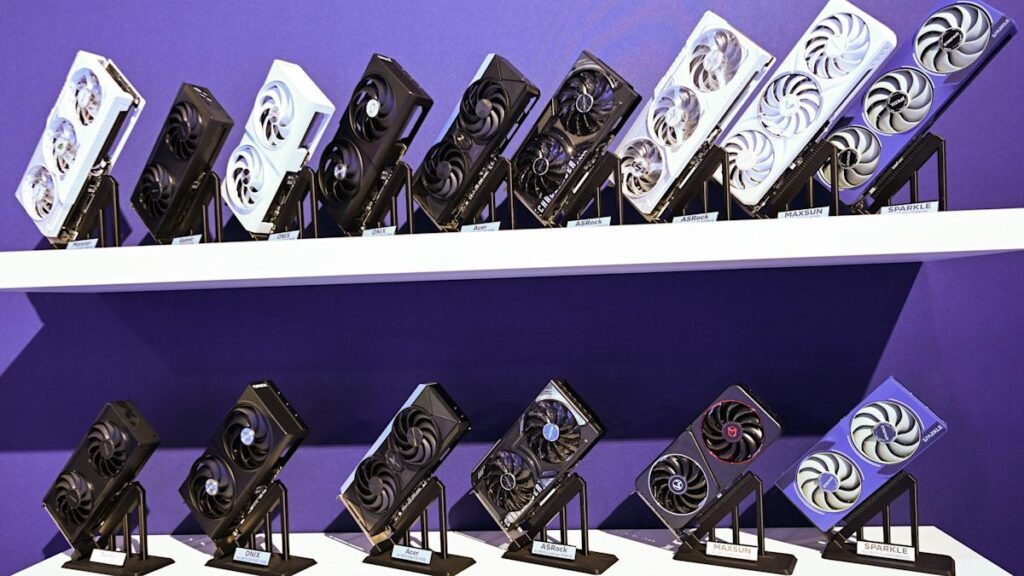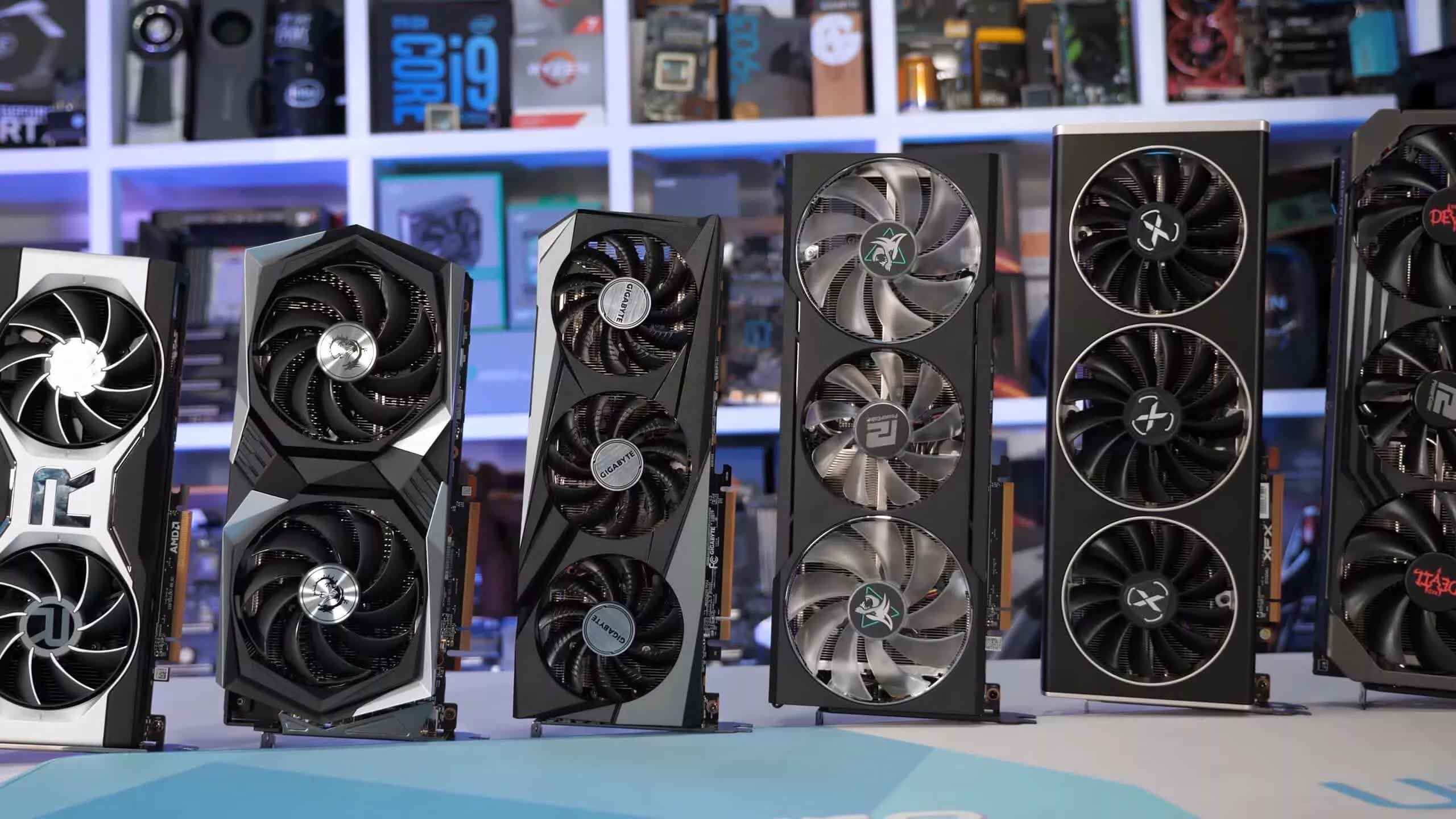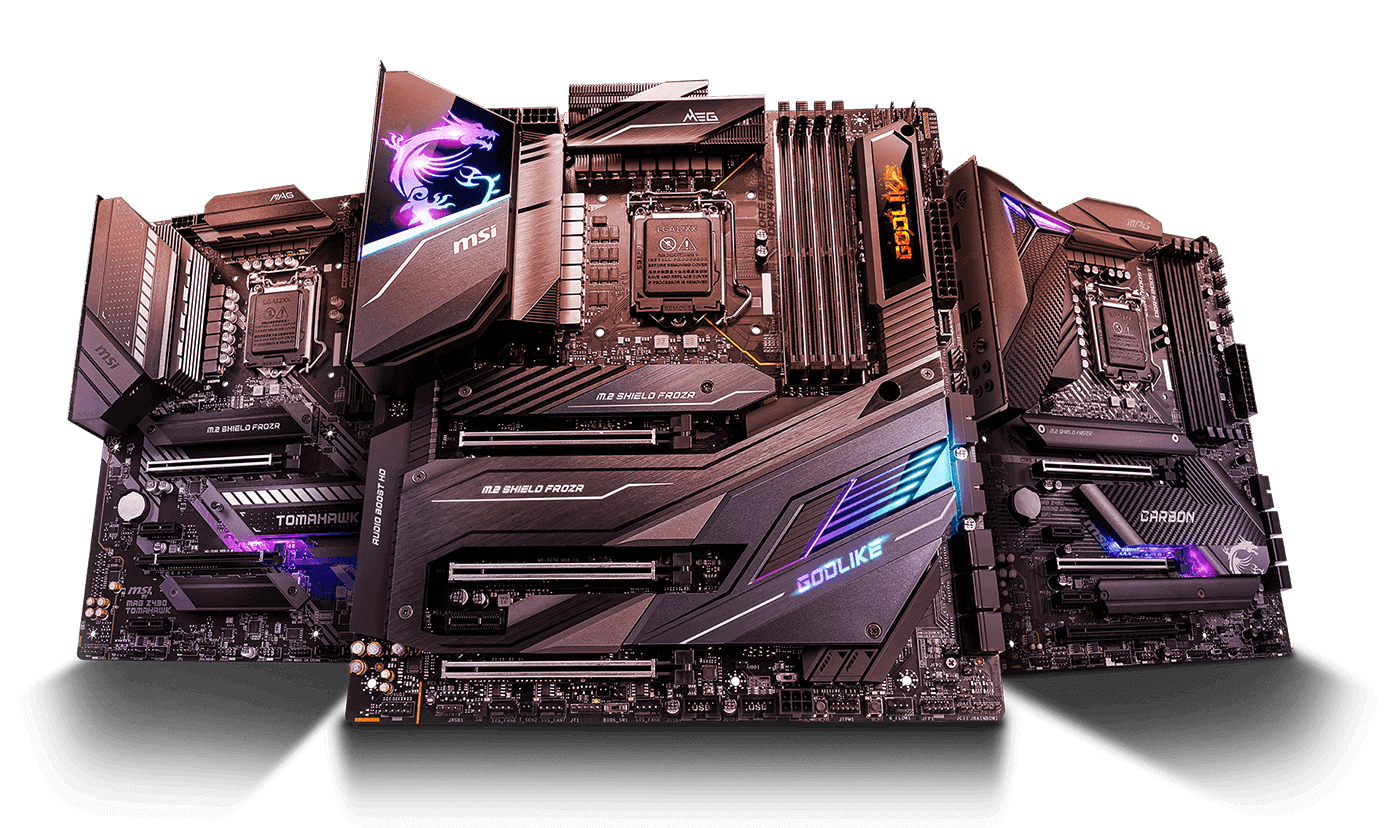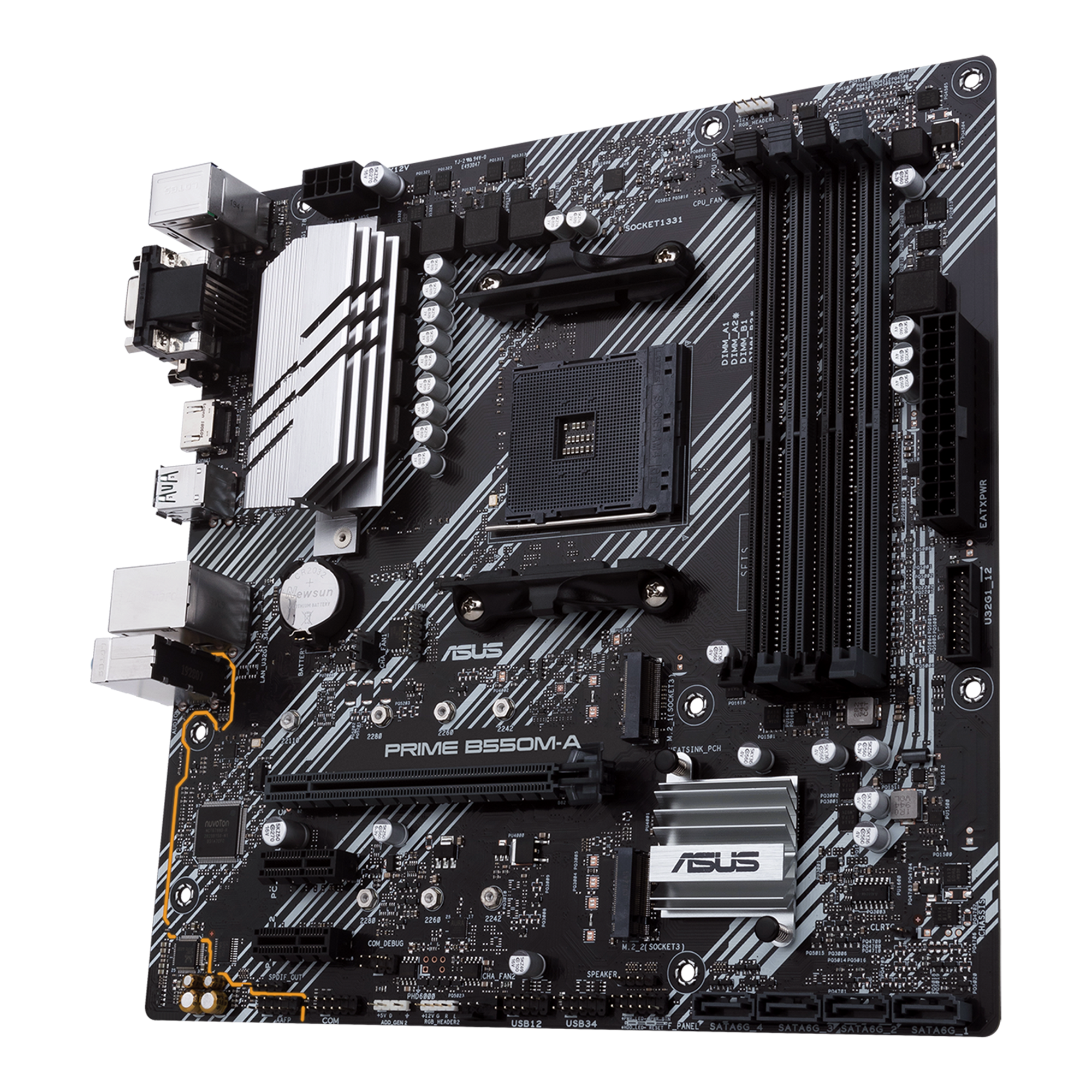
One of the more unexpected side effects of the Trump-era trade tensions with China has been a recurring ripple in the PC hardware market. During the initial stages of the trade war, both businesses and consumers began accelerating purchases of computers and components, fearing imminent price hikes from looming tariffs. That trend could be returning—albeit in a less dramatic form—now that the U.S. has once again postponed a long-standing 25 percent tariff on PC parts. For anyone on the fence about buying a graphics card or motherboard, this latest delay may offer a temporary reprieve from potential price jumps, making this an opportune, if tentative, window to shop.
The situation is somewhat complex, as this particular 25 percent tariff isn’t directly part of the Trump administration’s recent 30 percent import tax hikes on Chinese goods. Instead, it traces back to a 2018 trade measure targeting electronics like graphics cards, motherboards, SSDs, and other components reliant on printed circuit boards (PCBs). That specific tariff was suspended in 2019, then repeatedly delayed across three different U.S. administrations. Most recently, it was set to go into effect on June 1st, 2025, but the Office of the U.S. Trade Representative has now pushed its implementation back once more—this time to September 1st, 2025, as confirmed by reporting from Tom’s Hardware.
This delay provides a layer of short-term stability to prices on Chinese-manufactured PC parts. While the broader 30 percent tariff on most Chinese goods (a measure still in flux and currently set to expire in August) continues to create uncertainty, this carve-out for PCBs appears designed to avoid direct price shocks for widely used computing components. The Biden administration has followed suit with its predecessor by maintaining exemptions on finished consumer electronics like laptops and smartphones, thereby sparing consumers from the most severe price increases that would have come from blanket import taxes.
Still, despite the exemption, the tech market hasn’t escaped unscathed. Hardware prices—particularly for new laptops and high-end devices like Microsoft’s Surface line—have been inching upward, driven by broader inflationary pressures and supply chain volatility. And while it’s tempting to assume this latest postponement means the 25 percent tariff may never take effect, the history of repeated delays shows that tariff policies remain highly reactive to political conditions and international negotiations. As such, it’s wise to treat the current window of stability as a temporary opportunity rather than a guaranteed long-term status quo.




